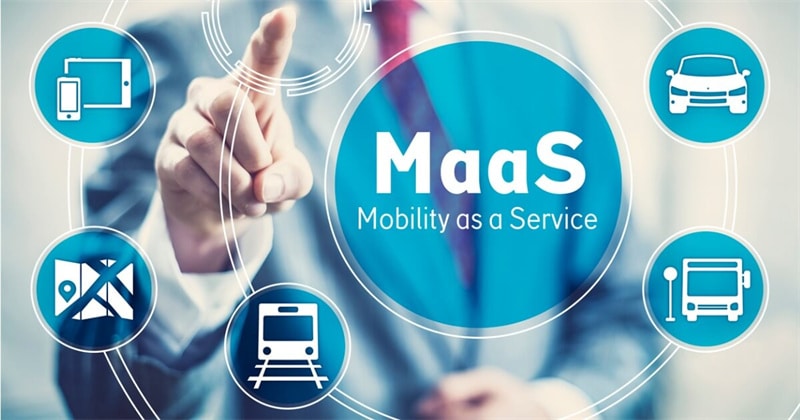
It is not surprising that today's generation is moving fast in terms of science and technology. The innovations are impressively massive and very beneficial in all aspects.
Now, regarding transportation, it is also progressing as it should be. Mobility as a service (MaaS) is currently utilised in some places, which is advantageous to businesses and other things that need transport.
In this post, I will tell you some benefits of mobility as a service so you will not have to wonder what they are. Stay tuned and find out!
What is Mobility as a Service (MaaS)?

Mobility as a service allows consumers to plan, book, and pay for many types of mobility services through a single digital channel.
The term refers to transitioning away from personally owned means of transit and towards mobility offered by others.
By merging several public and private transportation services and their associated cost structures into a single digital platform, Mobility as a Service (MaaS) targets to deliver customised and ideal travel to get us from point A to point B.
Maas offers quick access to various transportation alternatives to navigate our present-day and future cities, just like Netflix and Spotify do for TV, movies, and music.
The Benefits of MaaS
There are various advantages to moving the transportation infrastructure to a Mobility as a Service model.
Increased car use
Mobility as a service (MaaS) services offer the chance to lower the overall number of automobiles in the neighbourhood. If you consider your vehicles an asset, they will likely go unused once you spend most of your time driving.
Your automobile might be put to use by others rather than sitting idle in a garage or the employee parking lot. A city needs to have fewer cars overall because of higher utilisation. Additionally, less expensive and valuable space is now available for parking.
Reduce the price per user
A car loan, registration, insurance, maintenance, and fuel are some necessary expenses linked to car ownership. Although these costs are often dispersed over the course of the vehicle's life, they do quickly mount up.
You might be astonished to learn that the cost of ownership and operation might be more than $350 each week when all the pertinent expenses are considered. In contrast, occasionally renting a car or taking a rideshare does not seem so expensive.
Possibility of recovering asset costs
Some people will only be able to switch partially to a MaaS solution. Some people will still require a personal vehicle. However, this allows customers to use MaaS services to recoup part of the expenses for maintaining a car.
Peer-to-peer MaaS rental services let users hire out their vehicles when not in use, much as how someone might rent out their vacation house when they're not there.
Emphasis on infrastructure for public transportation
Governments will have more money to invest in public transportation systems if they don't need to keep expanding their road networks. Higher investment might result in more timely and frequent services that would benefit a more significant population and result in a more dependable end-user experience.
How MaaS may Benefit organisations

There are yet to be any prospects for businesses and their fleets to utilise mobility as a service. MaaS can provide businesses with the chance to operate their fleets more effectively.
Decrease in fleet risk.
It's no secret that fleet managers can face impossible tasks, like managing and maintaining cars on dwindling budgets. However, switching to a more adaptable MaaS transport model offers fleet managers chances to lower the dangers of buying and keeping a fleet of vehicles.
This can be done by lowering the fleet size requirement for a company's vehicles. Fewer vehicles reduce the organisation's insurance risk and the chance of traffic violations and accidents.
Increase the fleet's asset utilisation.
Additionally, businesses can develop new strategies for recouping the expenditures of their fleet assets. Fleet managers might make their fleets available to the public on weekends and holidays. This could allow businesses to recoup the long-term expenses of operating and maintaining a fleet.
Transportation options
Additionally, MaaS allows businesses to offer alternate personnel modes of transportation. To organise their trip, employees may log on to an online portal, which might provide a variety of possibilities based on their preferences.
This could entail using public transportation, sharing a car, renting a scooter or electric bike, or walking. Organisations can reduce their overall transportation expenses per employee as a result.
Final Thoughts
MaaS is still in its infancy globally. Thus deployments like those illustrated above are accumulating valuable knowledge that will be used to improve subsequent deployments and comprehend the advantages and disadvantages of MaaS.
As the business and governmental sectors continue to collaborate with communities to expand the reach and efficacy of MaaS to build a healthier, greener, more efficient, and more prosperous world for all of us, it will be thrilling to see what the future holds.










